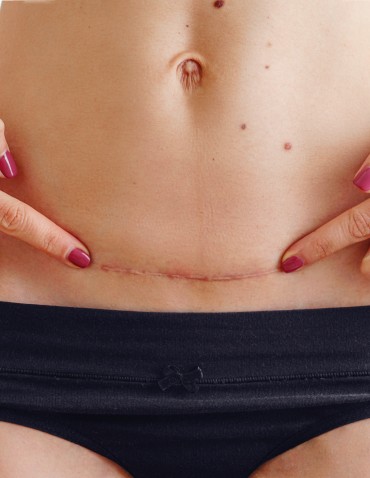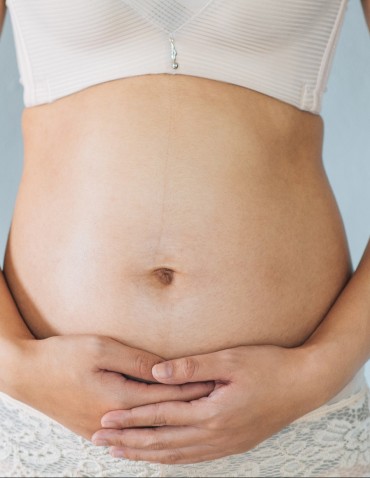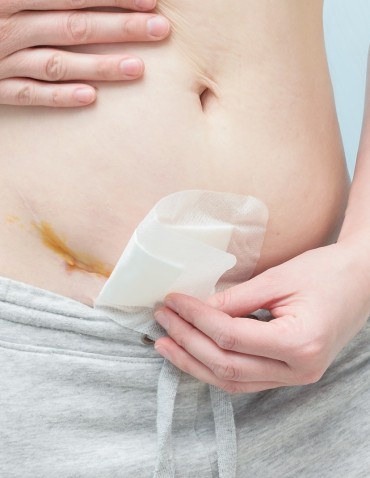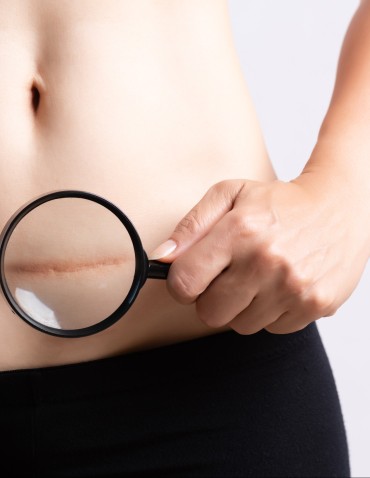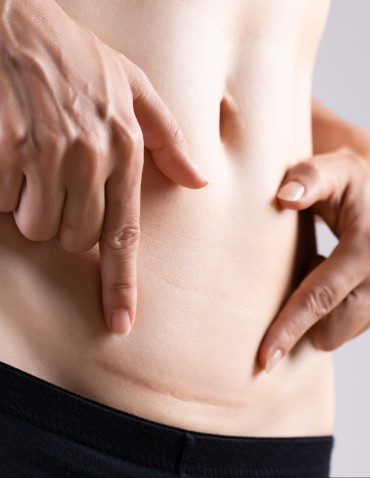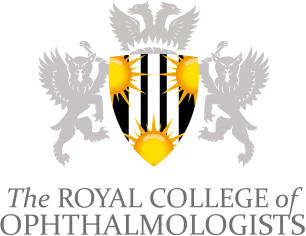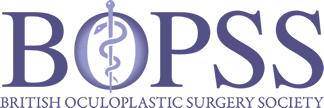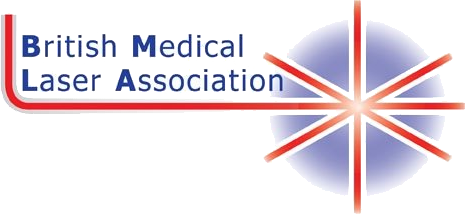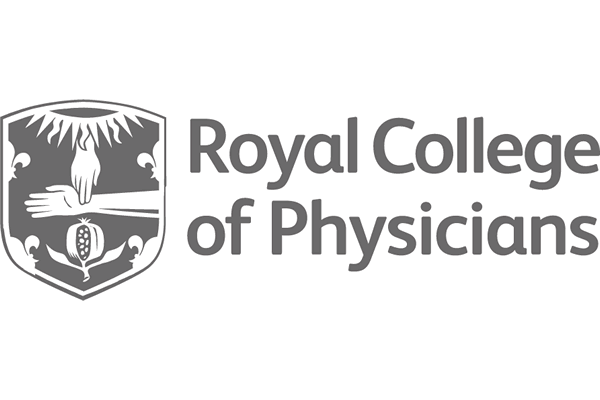Introduction
At The London Scar Clinic we know how important it is for new mothers to understand each stage of the C-section scar healing process. This knowledge is vital for your physical and emotional recovery, helping you to confidently navigate the healing process.
In this article, we will provide a detailed overview of the C-section scar healing stages and discuss potential complications such as infected C-section scars and hypertrophic scars. We will also cover effective treatments and preventive measures, including C-section scar massage, laser therapy, and steroid injections.
Additionally, we will discuss the healing stages patients will likely experience, from initial wound closure to scar maturation, and we’ll offer care tips for optimal healing.
Grasping the typical healing timeline for a C-section scar and the different phases – inflammatory, proliferative, and remodelling – is not just informative but practical. We will equip you with tips for maintaining a healthy C-section incision, recognising signs of infection, and managing internal pain after a C-section.
The London Scar Clinic supports your healing journey with expert guidance and treatments.
C-Section Recovery Week by Week
Understanding your C-section recovery week by week is essential for a smooth and effective healing process. Each week brings key milestones and changes that you should be aware of in order to manage your recovery better.
Stitches Healing Stages: What to Expect
Understanding healing stages is crucial for optimal recovery. There are different types of stitches used in C-sections, including dissolvable stitches and staples.
Here’s what you can expect:
During the first few days, the focus is on keeping the wound clean to prevent infection. The stitches will start the process of bringing the edges of the incision together.
Within the first week, a scab forms over the incision, providing a natural barrier to protect the healing skin underneath. This is a critical stage where careful monitoring is essential to avoid any potential infection.
Over the next few weeks, the scab will fall off, revealing a new layer of skin. The scar will gradually mature, changing from red to a lighter colour. This stage can take several months as the scar tissue continues to strengthen.
Care Tips for Optimal Healing
- Keep the incision site clean and dry.
- Follow your healthcare provider’s instructions for wound care.
- Avoid heavy lifting and strenuous activities.
- Consider C-section scar massage treatment to reduce scar tissue formation.
- Maintain a balanced diet and stay hydrated to support overall healing.
Maintaining a Healthy C-Section Incision
Proper care of your C-section incision is vital for preventing complications and promoting efficient healing. Here are some tips to keep the incision site clean and healthy:
Local hygiene
- Gently clean the area with mild soap and water
- Pat the incision dry with a clean towel
- Avoid submerging the scar in water until it is fully healed
Proper Nutrition and Hydration
- A balanced diet rich in vitamins and proteins supports skin healing
- Stay well-hydrated to help your body repair itself more effectively
Signs of a Healthy Incision
- The incision should appear slightly red or pink initially but should gradually lighten over time
- Minimal swelling and tenderness are normal
- Absence of unusual discharge, excessive redness, or severe pain
Signs of an Unhealthy Incision
- Increased redness or swelling
- Pus or foul-smelling discharge
- Severe or worsening pain
- Fever or chills, indicating possible infection
By following these tips and monitoring your C-section scar healing stages, you can ensure a smoother recovery. If you notice any signs of infection or other complications, seek medical advice promptly.
Tips for Preventing Infection
To prevent infection, it is important to follow these tips.
First, clean and dry the incision site by gently cleaning the area with mild soap and water, then patting it dry with a clean towel. Adhering to the wound care guidelines your healthcare provider provides is crucial for proper healing.
During the initial recovery period, avoid strenuous activities, such as heavy lifting and movements that may strain your stitches. Wearing loose, breathable clothing can help prevent irritation and allow your scar to breathe. Additionally, monitoring your incision site for any early signs of infection is essential. Regularly check for any changes in appearance or sensation.
What to Do If You Suspect an Infection
If you notice any signs of an infected C-section scar, it is important to act promptly:
- Contact Your Healthcare Provider: Immediate consultation with your doctor is essential for appropriate diagnosis and treatment.
- Follow Medical Advice: Your doctor may prescribe antibiotics or other treatments to address the infection.
- Rest and Hydrate: Ensuring you get plenty of rest and staying hydrated can support your body’s ability to fight off infection.
At The London Scar Clinic, we aim to support you through every stage of your C-section scar healing. Understanding the potential complications and taking preventive measures can help ensure a smoother and quicker recovery.
Tips for Managing and Alleviating Internal Pain
- Pain Medication: Follow your doctor’s recommendations for pain relief, which may include over-the-counter or prescription medications
- Gentle Movement: Light activities, such as walking, can help reduce gas and improve circulation, aiding the healing process
- Heat Therapy: Applying a warm compress to your abdomen can help soothe cramping and muscle pain
- Proper Posture and Support: Use pillows to support your abdomen and maintain good posture, especially when breastfeeding or resting
If the pain is intense and unrelieved by medication, it is crucial to contact your healthcare provider. Be vigilant for symptoms such as fever, heavy bleeding, or foul-smelling discharge, which could indicate complications. Persistent pain that continues beyond the typical recovery period or worsens over time also warrants medical evaluation.
Wrap Up
Understanding the healing stages of a C-section scar, recognising signs of infection, and managing internal pain are all essential for a smooth recovery. Incorporating C-section scar massaging can significantly enhance healing and reduce discomfort. At The London Scar Clinic, our dedicated team is here to provide personalised advice and expert care throughout your recovery journey.
For comprehensive support and guidance, visit The London Scar Clinic. Let us assist you in achieving the best possible outcomes for your C-section scar healing.


